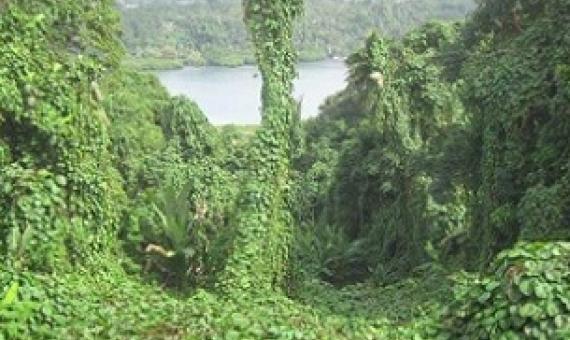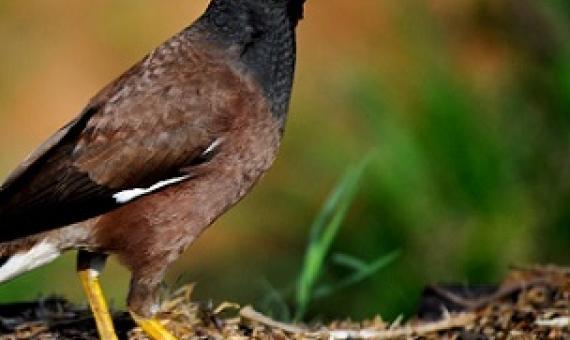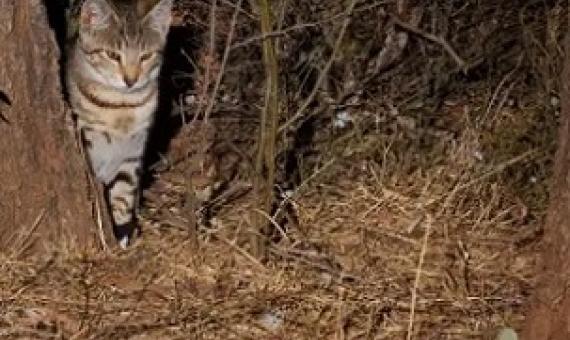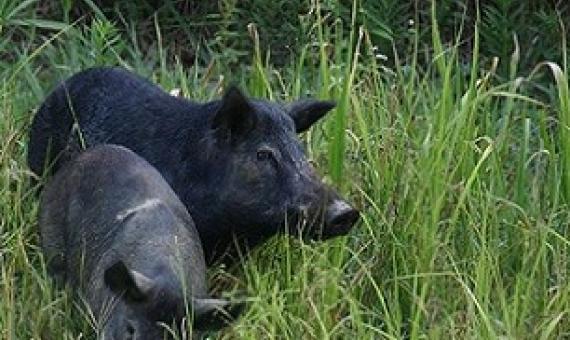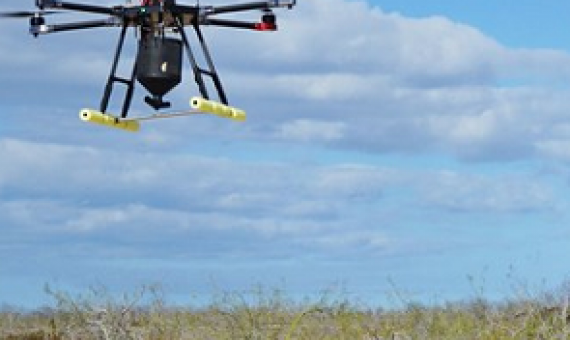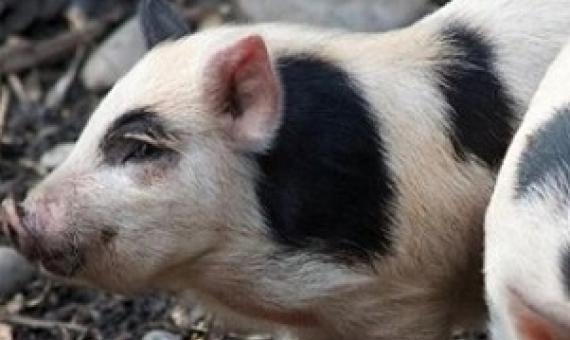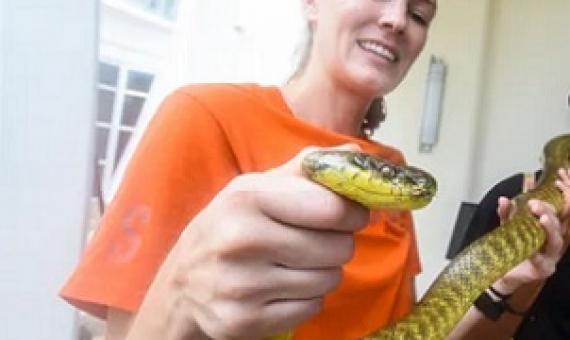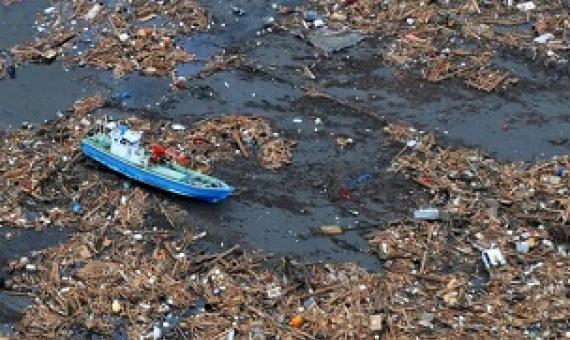Biological invasions are responsible for tremendous impacts globally, including huge economic losses and management expenditures.
The introduction of invasive species leads to a decline in certain native species: a team of researchers has managed to show that 11% of the global phylogenetic diversity of birds and mammals, in other words their accumulated evolutionary history, is threatened by biological invasions.
Invasive plants, animals and diseases have cost Australia at least $390bn in damages and management costs over the past 60 years, according to research that has painted the most accurate picture yet of the economic burden of these invaders.
Whether you call them feral pigs, boar, swine, hogs, or even razorbacks, wild pigs are one of the most damaging invasive species on Earth, and they’re notorious for damaging agriculture and native wildlife.
Drones are set to fly new missions over Pacific atolls, aiming to replicate their coup in the Galápagos archipelago earlier this year by eradicating invasive rats endangering the survival of indigenous wildlife.
An inception workshop to begin the Global Environment Facility (GEF) 7 Project Initiation Planning Stage was held recently...The Workshop seeks to develop an action plan for the project, and in doing so safeguard Solomon Islands endemic and global threatened biodiversity and ecosystem services fr
Wild pigs (Sus scrofa), one of the most widely distributed mammals on the planet, have gained notoriety in recent decades due to their devastating impacts to agricultural crops and threats to species of conservation concern. Recent findings of a team of researchers from the Un
An invasive species known as the yellow crazy ant has been eradicated from a remote U.S. atoll in the Pacific. The U.S. Fish and Wildlife Service announced Wednesday that the ants have been successfully removed from Johnston Atoll National Wildlife Refuge.
Eradicating the brown tree snakes that have invaded Cocos Island could set an example for how Guam and the rest of the world could handle invasive species, Diane Vice, Wildlife Supervisor at the Division of Aquatic and Wildlife Resources said on Friday...The island has the only free-living popula
There is now so much ocean plastic that it has become a route for invasive species, threatening native animals with extinction...Plastic rafting poses a huge and mostly unknown danger.

